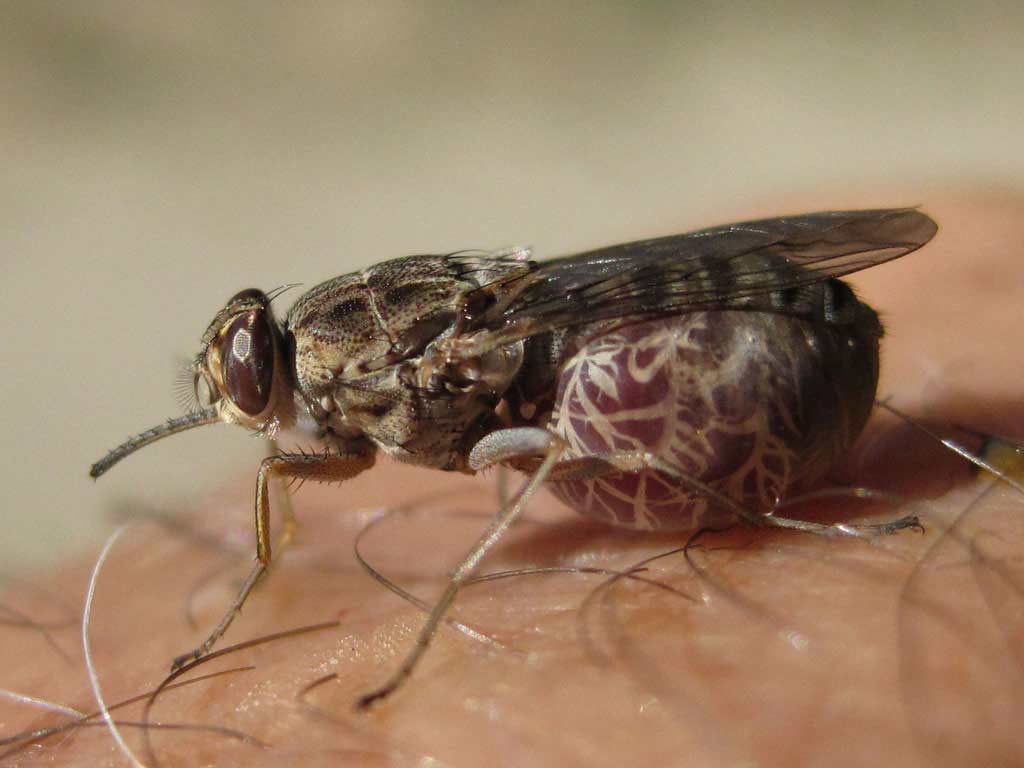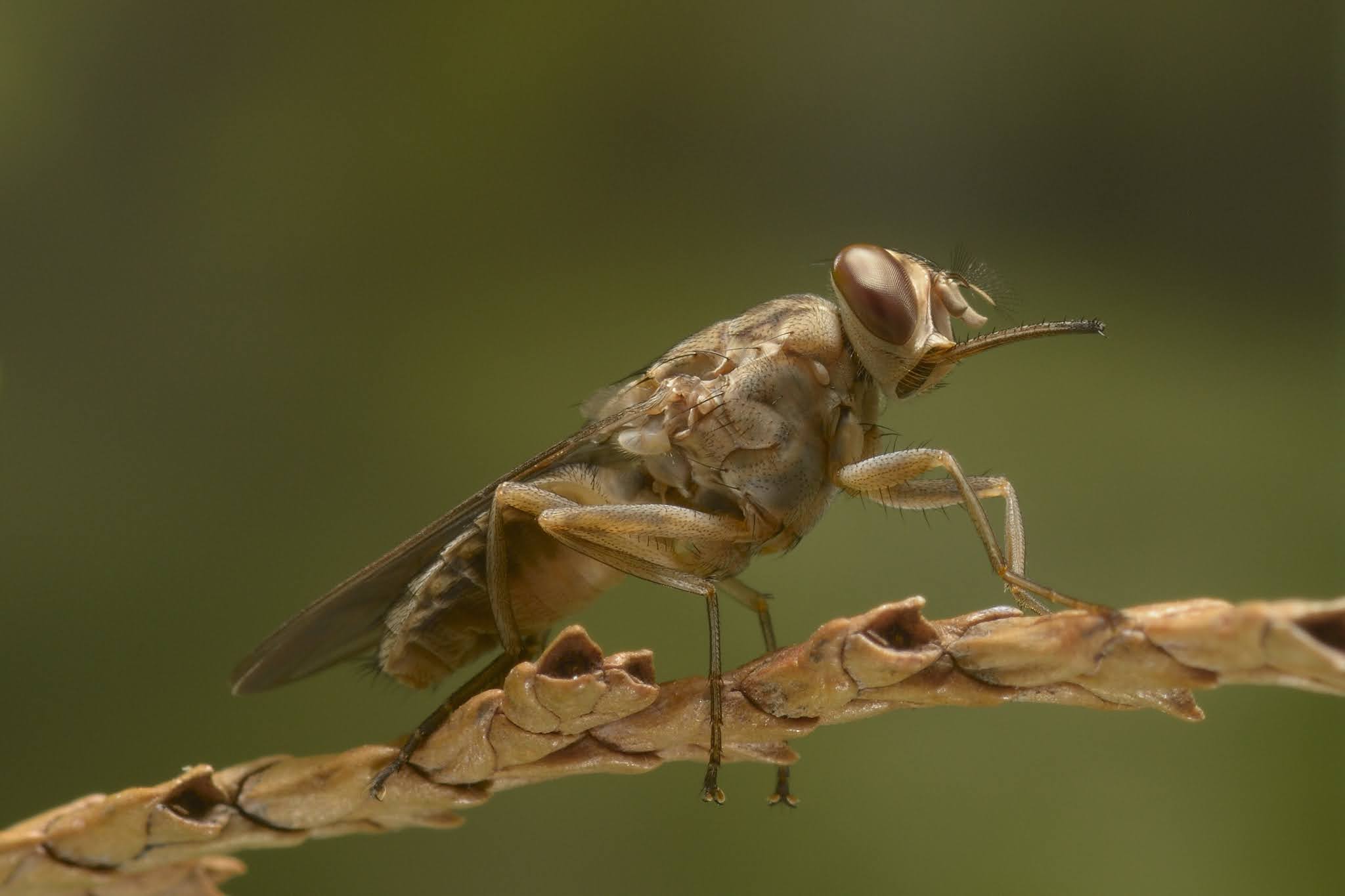 |
| Tsetse fly, These Insect Bites Will Make You Sleep Forever (source) |
Tsetse fly, These Insect Bites Will Make You Sleep Forever. The tsetse fly is the name of a type of insect that is quite unique. What is unique about this insect?
Tsetse fly, These Insect Bites Will Make You Sleep Forever
So, if other types of flies such as the house fly and the bottle fly are known to spread diseases that attack digestion, then the tsetse fly could become popular because it is a blood-sucking insect that spreads sleeping sickness in Africa.
Even though the name of the disease sounds strange, the actual danger posed by sleeping sickness is no less dangerous than other diseases such as malaria.
Before we discuss the sleeping sickness for which these flies are famous, let's first discuss their insects. The tsetse fly is a type of fly that is only found on the African continent, especially the central African region.
There are about twenty more tsetse fly species known to man and all belong to the genus Glossina. The scientists further classified the tsetse fly species into three subgenuses based on their habitat: the subgenus Morsitans, Fusca, and Palpalis.
At first glance, the tsetse fly looks no different from flies in general. On its head are a pair of large compound eyes, while above its back are a pair of transparent wings.
Tsetse fly Videos
However, if you look closely, the tsetse fly has special physical characteristics that are not found in other flies. This particular physical feature is the presence of a long, needle-like muzzle on its head, a reddish body, and overlapping wings on its back.
The tsetse fly undergoes a complete metamorphosis which consists of four phases, namely the egg phase, maggot larvae, pupa, and adult flies. If observed closely and then compared with the life cycle of other flies, the life cycle of the tsetse fly can be said to be unique.
 |
| Tsetse fly, These Insect Bites Will Make You Sleep Forever |
An example of the uniqueness of the tsetse fly's life cycle is that when it is time to lay eggs, the mother of the tsetse fly will deposit the eggs in its body until they hatch into larvae. The newly hatched larvae remain in the mother's body and live by consuming milk-like compounds produced by the parent glands.
If the larvae have entered a certain size, the tsetse fly larvae will come out of the mother's body and be born into the world. The lifespan of larvae in the outside world is relatively short because only a few hours after leaving the mother's body, the tsetse fly larvae immediately look for a protected place to turn into a pupa.
The pupal or cocoon period lasts for several days after which the adult tsetse fly will come out. In the adult phase, the tsetse fly lives only on mammals and can live up to four months of age.
These Insect Bites Will Make You Sleep Forever
 |
| Tsetse fly, These Insect Bites Will Make You Sleep Forever |











0 comments